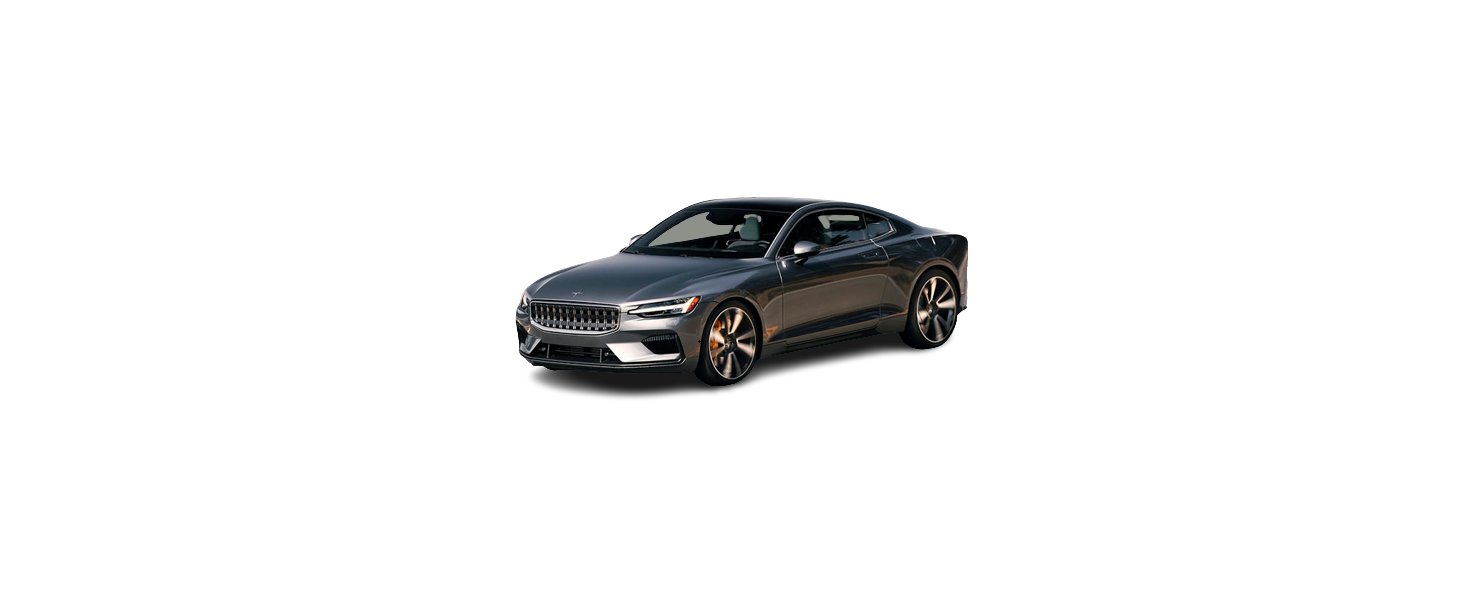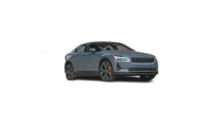Determining the vehicle’s permitted weight
Weight designations
Before loading your vehicle, familiarize yourself with the following terms for determining your vehicle’s weight ratings, with or without a trailer, from the vehicle’s Federal/Canadian Motor Vehicle Safety Standards (FMVSS/CMVSS) label, and the vehicle’s tire information placard:
Curb weight
The weight of the vehicle includes a full tank of fuel and all standard equipment. It does not include passengers, cargo, or optional equipment.
Capacity weight
All weight is added to the curb weight, including cargo and optional equipment. When towing, towbar weight is also part of cargo weight.
Permissible axle weight
The maximum allowable weight that can be carried by a single axle (front or rear). These numbers are shown on the Federal/Canadian Motor Vehicle Safety Standards (FMVSS/CMVSS) label. The total load on each axle must never exceed it’s maximum permissible weight.
Gross vehicle weight (GVW)
The vehicle’s curb weight + cargo + passengers.
Steps for Determining Correct Load Limit
- Locate the statement “the combined weight of occupants and cargo should never exceed XXX kg or XXX lbs.” on your vehicle’s placard.
- Determine the combined weight of the driver and passengers that will be riding in your vehicle.
- Subtract the combined weight of the driver and passengers from XXX kg or XXX lbs.
- The resulting figure equals the available amount of cargo and luggage load capacity. For example, if the “XXX” amount equals 1400 lbs. and there will be five 150 lb. passengers in your vehicle, the amount of available cargo and luggage load capacity is 650 lbs. (1400 – 750 (5 × 150) = 650 lbs.)
- Determine the combined weight of luggage and cargo being loaded on the vehicle. That weight may not safely exceed the available cargo and luggage load capacity calculated in Step 4.
- If your vehicle will be towing a trailer, the load from your trailer will be transferred to your vehicle. Consult the manual to determine how this reduces the available cargo and luggage load capacity of your vehicle.
- Exceeding the permissible axle weight, gross vehicle weight, or any other weight rating limits can cause tire overheating resulting in permanent deformation or catastrophic failure.
- Do not use replacement tires with lower load carrying capacities than the tires that were original equipment on the vehicle because this will lower the vehicle’s GVW rating. Use only tires with the correct load-carrying capacity. Contact Polestar Customer Support for more information.






